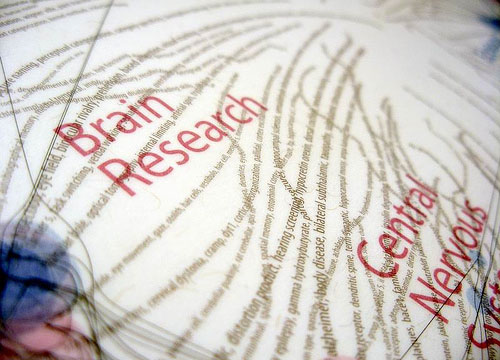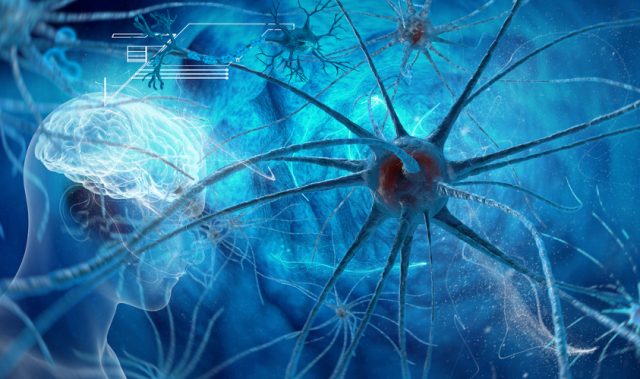
AsianScientist (Feb. 26, 2016) – Scientists in Singapore have identified a mechanism that potentially links abnormal brain development to autism spectrum disorder (ASD). This new knowledge could help to improve diagnosis and development of therapeutic interventions for this group of conditions. Their study was published in eLife.
ASD refers to a set of highly inheritable behavioral disorders that pose major personal and public health concerns. Patients with ASD have mild to severe communication difficulties, repetitive behavior and are socially challenged, impacting their ability to conduct daily activities and function normally in society.
Currently, there are very few medication options that effectively treat ASD. As such, there is a need for better understanding of the biological processes behind ASD symptoms.
Scientists at Duke-NUS Medical School (Duke-NUS) and the National Neuroscience Institute (NNI), Singapore, have shown how one brain-specific microRNA, miR-128, plays a key role in causing abnormal brain development. Although it was known that miR-128 is misregulated in some patients with autism, it was not clear what that meant and how it functioned.
MicroRNAs are small molecules that regulate gene expression in the human body to ensure proper cellular functions. Although it was known that miR-128 is misregulated in some patients with autism, what that meant and how it functioned was not known.
The research team showed that miR-128 targets a protein called PCM1 that is critical to the cell division of neural precursor cells (NPCs). During early brain development, NPCs either remain as NPCs and undergo self-renewal, or become neurons. The dysfunctional regulation of PCM1 by misregulated miR-128, in turn, impairs brain development—a possible underlying reason for brain size changes in people with ASD.
“For the first time, we have managed to show that miR-128 is a mechanism that regulates early neuronal behaviour during brain development,” said Assistant Professor Shawn Je from Duke-NUS.
“Targeting this mechanism may be the answer to diagnose and treat ASDs that are caused by abnormal brain development.”
Assistant Professor Zeng Li from NNI added, “This important study suggests a link between a key neurological disease gene and regulation of microRNAs in the brain. However, we are just starting to understand how misregulated miR-128 expression can cause our brain activities to go wrong, and much more work needs to be done.”
In a separate and as yet unpublished study of ASD patients, this team and a colleague from the Neuroscience and Behavioral Disorders Programme at Duke-NUS also identified several new mutations in the PCM1 gene using next-generation sequencing technology.
Future work to correlate these mutations with abnormal brain development would not only increase the understanding of how autism is caused, but also hopefully enable a more accurate diagnosis of autism and other ASDs.
The article can be found at: Zhang et al. (2016) MiRNA-128 Regulates the Proliferation and Neurogenesis of Neural Precursors by Targeting PCM1 in the Developing Cortex.
———
Source: National University of Singapore; Photo: Shutterstock.
Disclaimer: This article does not necessarily reflect the views of AsianScientist or its staff.












